Water is life's matter and matrix, mother and medium. It's our most essential nutrient, and deciding which type of water to drink is an important choice. So, let's plunge into the depths of the bottled vs. tap water debate and quench our thirst for knowledge.
Empower Your Health Journey – Explore My Free Apps for a Vibrant, Healthier Lifestyle Today!
Introduction
Water, the elixir of life, is central to our existence. It plays a crucial role in maintaining our bodily functions, supporting digestion and metabolism, aiding in temperature regulation, and contributing to overall well-being. As the spotlight on the importance of hydration in fostering a healthy lifestyle intensifies, it comes as no surprise that a discussion of equal significance has emerged alongside the debate between bottled and tap water.
On one hand, we have the convenience and the perceived purity of bottled water, with numerous brands promising the freshest, cleanest water sourced from springs or glaciers. On the other hand, we have tap water - readily available, cost-effective, and governed by stringent regulatory standards in many parts of the world. Which of these is the better option? Which serves your health better? Which is the most environmentally conscious choice? These are questions that many health-conscious individuals grapple with.
This article aims to delve into the depths of this important debate, navigating the currents of discussion surrounding both bottled and tap water. My objective is not to sway your opinion in favor of one over the other but to provide you with a thorough understanding of both, based on scientific facts, environmental impacts, cost considerations, and expert opinions.
The intention is to empower you with knowledge, helping you make informed decisions about your water consumption that align with your health goals and personal values. So, let's embark on this voyage of understanding together, exploring the bottled vs. tap water debate to ensure your hydration choices serve your health better.

Stay tuned, and prepare to be informed, intrigued, and possibly surprised as we unravel the truth behind the water we drink every day.
The Journey of Water: Bottled or Tap?
Understanding the journey of water from its source to our glasses is crucial in appreciating the complexities involved in providing safe drinking water, whether it's bottled or from the tap.
Bottled vs. Tap Water - Which Serves Your Health Better?
The Source
Tap Water
Tap water typically originates from two key sources: surface water, which includes rivers, lakes, and reservoirs, and groundwater from wells. The choice of source largely depends on geographic location and availability.
Bottled Water
Bottled water, on the other hand, could be sourced from springs, artesian wells, or directly from the public water supply. It's important to note that not all bottled water comes from pristine mountain springs or untouched artesian wells as marketing might suggest. In fact, a substantial percentage is merely filtered tap water.
The Treatment
Both bottled and tap water undergo treatment to ensure they are safe for consumption.
Tap Water
Tap water treatment, managed by local municipalities, usually involves a sequence of steps including filtration, sedimentation, and disinfection to remove impurities and potential pathogens. Most municipalities also add fluoride to the water for dental health benefits.
Bottled Water
Bottled water, managed by private companies, is treated in a similar way, with processes like reverse osmosis, distillation, or ultraviolet (UV) light disinfection. Some companies also add minerals back into the water for taste.
The Packaging and Delivery
This is where bottled and tap water significantly diverges.
Tap Water

Once treated, tap water is piped directly to homes, schools, and businesses. It's available on demand and only incurs the cost of the water rates set by your municipality.
Bottled Water
For bottled water, post-treatment, the water is filled into bottles which are then sealed, packaged, and transported to retail locations. This added process not only increases the cost of bottled water but also its carbon footprint, given the additional transportation and plastic waste generated.
To sum it up, while both tap and bottled water undergo stringent processes to ensure safety, the journey of bottled water includes extra stages of bottling and transportation, increasing both cost and environmental impact. It's this extra packaging stage that largely contributes to bottled water's higher cost and its substantial environmental footprint, something we all need to consider in our choice between tap and bottled water.
Analyzing the Water We Drink: The Science of Tap Water
Tap water's journey from source to faucet involves various stages of filtration, treatment, and testing, which are regulated by municipal bodies. These processes aim to remove potential pollutants and pathogens, ensuring the water is safe for consumption.
The Study
A noteworthy study conducted by the Environmental Working Group (EWG) titled "National Tap Water Quality Analysis", offers an in-depth perspective into what's in our tap water. This extensive research, one of the most comprehensive of its kind, tested water from utilities in 50 states across the US and revealed that it contained over 315 pollutants.
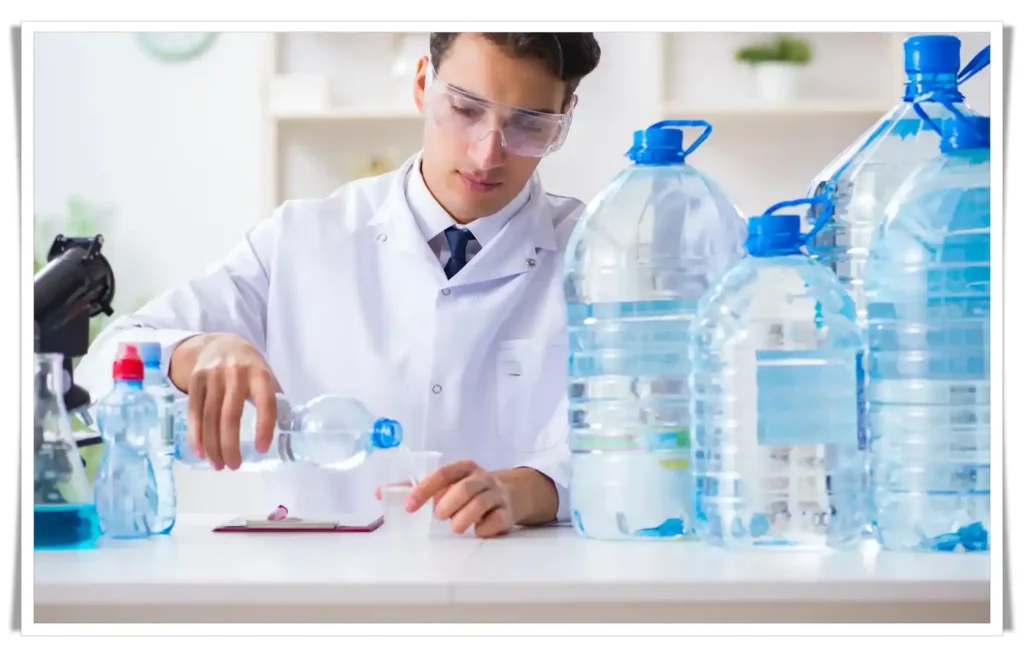
The Findings
The immediate reaction to such a discovery might be one of concern. Over 315 pollutants sound like a lot. However, it's vital to understand the context of these findings. The pollutants in question are present in extremely low concentrations, most often in parts per billion or trillion, which are considered negligible from a health perspective.
Furthermore, more than half of these pollutants aren't even regulated under the US Safe Drinking Water Act. This does not necessarily indicate that these substances are harmful but rather that they aren't a cause for concern at the levels detected.
The Conclusion
The study concludes that, while the presence of numerous pollutants might raise eyebrows, the vast majority of tap water in the US is generally safe to drink. This aligns with the official stance of organizations like the Centers for Disease Control and Prevention (CDC), which states that America's tap water is among the safest in the world.
However, the EWG study does recommend an additional precaution: using a high-quality filter to further improve tap water quality. Water filters can provide an extra line of defense against any potential contaminants that might have slipped through the cracks.
In conclusion, the science supports the safety of tap water for everyday use. Yet, employing a good filtration system can serve as an added assurance, enhancing the purity of your tap water and potentially contributing to better health in the long run.
Bottled Water: What's Inside?
Bottled water, with its pristine packaging and marketing claims of purity, often enjoys a reputation of being a healthier alternative to tap water. However, the reality might not always align with this perception.
The Investigation
An illuminating investigation conducted by the Natural Resources Defense Council (NRDC), titled "Bottled Water: Pure Drink or Pure Hype?", puts this belief under the microscope. This comprehensive study is designed to lift the veil on the bottled water industry and the contents of its products.
The Findings
The NRDC's study brings to light some intriguing insights. A noteworthy discovery is that approximately 25% of bottled water is actually sourced from municipal water supplies. This fact could be surprising to many consumers who assume bottled water is sourced from natural springs or other exotic sources as often depicted on the labels.
Additionally, the investigation uncovers that bottled water often costs up to 1,000 times the price of tap water. This stark contrast in price is largely due to the costs associated with packaging, marketing, and distribution rather than the inherent quality of the water itself.
The Conclusion
While the study doesn't conclude that bottled water is inherently unsafe, it does suggest that it's not necessarily safer or superior to tap water. It emphasizes that the high cost of bottled water does not always equate to higher quality or safety.
Consumers are encouraged to look beyond the marketing and understand the true source and value of their water. This involves considering the environmental impact of plastic waste from bottles and recognizing that affordable, safe hydration can be achieved without the unnecessary expense and environmental cost of bottled water.
In summary, the "Bottled Water: Pure Drink or Pure Hype?" investigation urges consumers to reassess the perceived purity of bottled water and consider the significant cost disparity and environmental implications before choosing bottled over tap.
When choosing between tap and bottled water, the considerations go beyond just taste and quality. It's also crucial to weigh in on the factors of cost, convenience, and environmental impact.
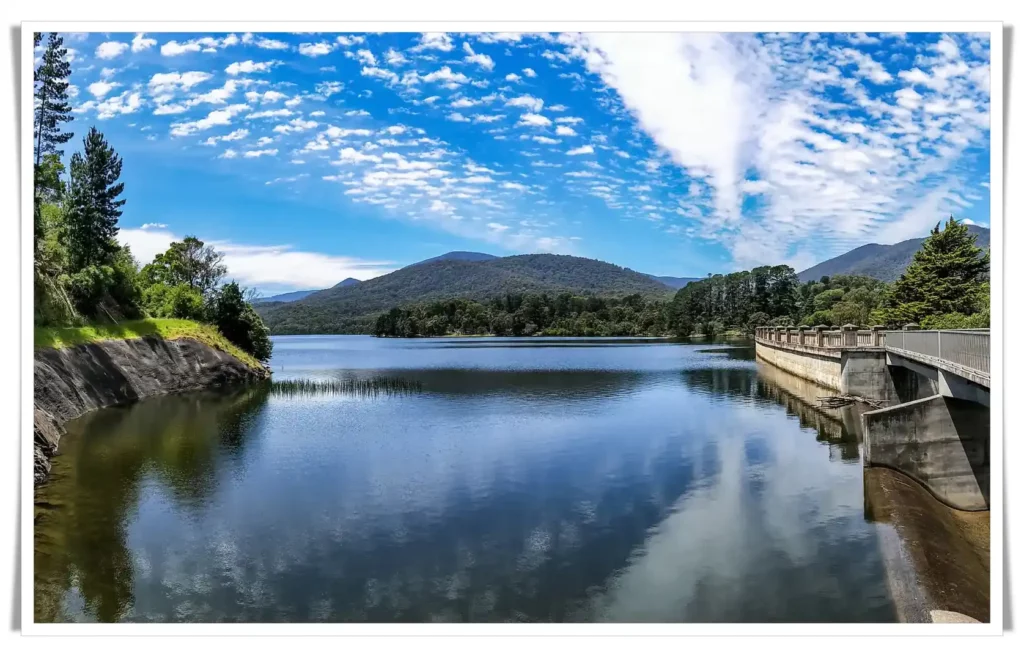
Cost and Convenience
By and large, tap water takes the lead when it comes to cost-effectiveness. As previously noted, bottled water can cost up to 1,000 times more than tap water. This significant price difference doesn't necessarily reflect a superior quality or safety, but rather the costs associated with packaging, marketing, and distribution.
Bottled vs. Tap Water
On the convenience front, tap water, when accessed via a reusable water bottle, can rival bottled water. With the growing availability of refill stations in public spaces, it's becoming easier than ever to stay hydrated on the go with tap water. Moreover, investing in a home filtration system or a filter pitcher can offer the convenience of filtered water anytime, further reducing the need for bottled water purchases.
Environmental Impact
When it comes to environmental impact, tap water has a distinct advantage. The production and disposal of plastic bottles contribute significantly to pollution and resource depletion. Moreover, the transportation of bottled water from the source to the retail outlet further increases its carbon footprint. In contrast, tap water, delivered directly through pipes, has a much lower environmental impact.
When Bottled Water is the Better Choice
Despite these advantages of tap water, there are instances when bottled water may be a more suitable choice. In circumstances where the local drinking water supply is contaminated or in regions with inadequate sanitation facilities, bottled water provides a safer alternative.
Likewise, when traveling, particularly in areas where the quality of tap water may be questionable, bottled water is a safer and more convenient choice.
In conclusion, while both tap and bottled water have their roles to play in keeping us hydrated, it's essential to consider not just their safety and taste but also their cost, convenience, and environmental impact. By making informed decisions, we can ensure we stay hydrated in a way that is healthy, affordable, and environmentally conscious.
Here is a comparative table to provide a clear and concise overview of the differences between tap and bottled water:
| Criteria | Tap Water | Bottled Water |
|---|---|---|
| Cost | Much cheaper than bottled water | Often costs 1,000 times more than tap water |
| Environmental Impact | Low, especially when used with a reusable bottle | High, due to plastic production and disposal |
| Convenience | Convenient at home or with refill stations, needs filtration system | Convenient, especially during travel or in areas with poor sanitation |
| Safety | Generally safe, can be filtered for extra safety | Generally safe, may be preferable if local tap water is contaminated |
| Taste | Taste may vary depending on location | Taste may be more consistent due to source and purification process |
| Regulatory Body | EPA (Environmental Protection Agency) | FDA (Food and Drug Administration) |
What is the difference between tap water and spring water?
Great question! Tap water and spring water originate from different sources and often undergo different treatment processes. Here are the key differences:
- Source: Tap water typically comes from surface water (rivers and lakes) or groundwater (underground sources) and is treated by local municipalities to remove any harmful contaminants. On the other hand, spring water originates from a natural spring, a point where the groundwater flows up to the Earth's surface.
- Treatment: Tap water is treated extensively to remove pathogens and contaminants. This process often involves filtration, disinfection, and sometimes, the addition of chemicals such as fluoride and chlorine to kill any remaining bacteria or viruses and protect dental health. In contrast, spring water undergoes minimal treatment to preserve its natural mineral content and taste. It is usually only filtered for sediment and tested for safety.
- Taste: Because tap water is treated with chemicals like chlorine, it might have a slightly different taste compared to spring water. Spring water, due to its natural mineral content, often has a fresher or crisp taste that many people prefer.
- Cost and Environmental Impact: Tap water is virtually free and has a lower environmental impact compared to bottled spring water. The packaging and transport of bottled spring water contribute to its cost and environmental footprint.
- Regulation: In the United States, tap water is regulated by the Environmental Protection Agency (EPA), while bottled spring water, like all bottled water, is regulated by the Food and Drug Administration (FDA). The EPA's regulations are generally stricter, requiring more frequent testing and reporting than the FDA.
- Availability: Tap water is available in any household with plumbing, making it a readily available source of hydration. Spring water, however, is usually commercially packaged and sold, making it less accessible and more expensive.
Remember, the quality of both tap and spring water can vary depending on the specific source and local regulations. Always ensure your water source, whether tap or spring, is safe to drink.
Tips
Let's include some practical tips and examples to help readers make more informed choices when it comes to their water consumption.
- Home Filtration Systems: A prime example of enhancing the quality of tap water at home is investing in a good-quality water filter. It can be as simple as a filter jug that sits in your fridge or more complex under-sink or whole-house filtration systems. These can remove potential contaminants and improve the taste of tap water, making it comparable to bottled water in quality.
- Reusable Water Bottles: To maintain the convenience of bottled water without the cost and environmental implications, consider investing in a good quality reusable water bottle. They come in various materials like stainless steel, glass, and BPA-free plastic, keeping your water fresh and cool.
- Water Testing: If you have concerns about your tap water's quality, consider having it tested. Many companies offer testing kits that can detect a range of contaminants. This will help you understand if you need a specific type of filter to make your tap water safer.
- Opting for Bottled Water: If you are traveling to a region where the local water supply might be unsafe, opt for bottled water. In such cases, the extra cost and environmental impact can be justified by the need for safety.
- Recycling: If you must use bottled water, make sure to recycle the bottles. Even though recycling still has an environmental impact, it's less than if the plastic ends up in a landfill or, worse, the ocean.
- Stay Informed: Regulations and water quality can vary greatly by region and over time. Stay informed about the water supply in your area. Many municipalities provide water quality reports to residents.
By implementing these tips, you can strike a balance between quality, cost, convenience, and environmental impact when it comes to your water consumption.
Trustworthy Sources for Further Reading
| Source | Description |
|---|---|
| CDC: Drinking Water | CDC's detailed guide on safe drinking water. |
| EPA: Water Health Series | EPA's advisories on drinking water and health. |
| NRDC: Safe Drinking Water Act | NRDC's overview of the Safe Drinking Water Act. |
| WHO: Drinking Water | WHO's resources on global drinking water. |
FAQs
1. Is tap water safe to drink?
Yes, in most developed countries, tap water undergoes stringent testing and regulation. However, using a filter can improve its quality further.
2. Does bottled water come from natural springs?
Not always. According to NRDC, about 25% of bottled water is sourced from municipal water supplies.
3. What's the environmental impact of bottled water?
Bottled water's environmental footprint is significantly larger than tap water due to the plastic used for packaging and its transportation.
Conclusion
Whether bottled or tap, staying well-hydrated with clean water is key to good health. However, considering the safety, cost, and environmental impact, tap water often serves your health and pocket better. Remember, the best decision is an informed one.
I value your opinions and experiences. Please feel free to leave a comment, and I'll respond promptly. Also, I invite you to explore more on the benefits of hydration in my article, "The Best Reasons For Drinking Water" and watch the enlightening video, "Water Winner: Tap, Filtered, or Bottled; You Decide!".
Remember, your health matters. Choose wisely, stay hydrated, and keep exploring this website.

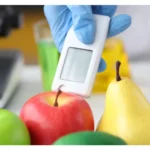
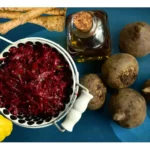
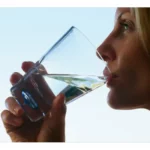
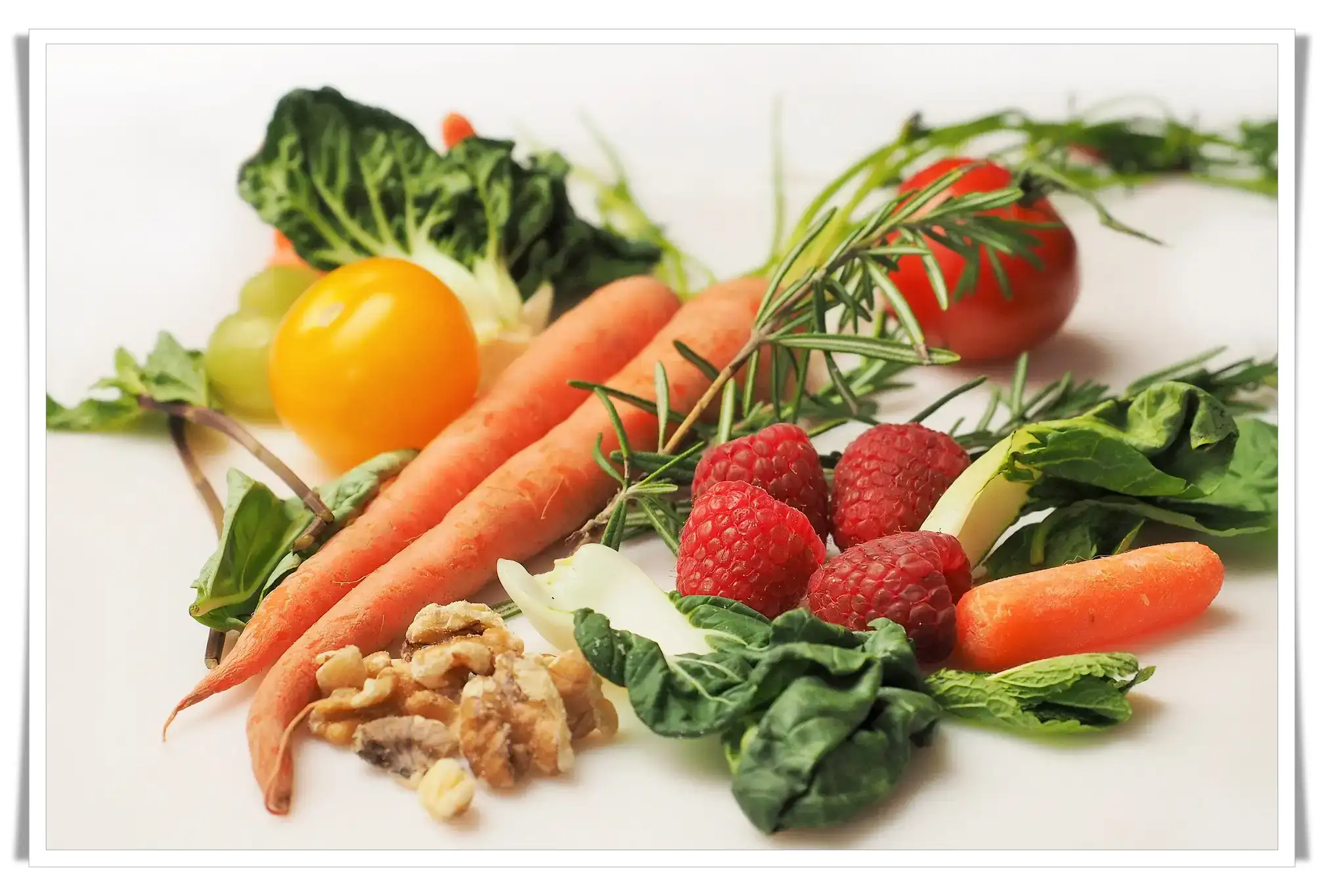
Wow, amazing weblog structure! How long have you
been blogging for? you made running a blog glance easy. The whole
glance of your web site is fantastic, as neatly as
the content! You can see similar: e-commerce and here sklep internetowy
Great post. I was checking constantly this blog and I am impressed!
Extremely useful information specially the last part :
) I care for such info a lot. I was seeking this particular information for a very long
time. Thank you and good luck. I saw similar here: sklep internetowy and also here: sklep internetowy